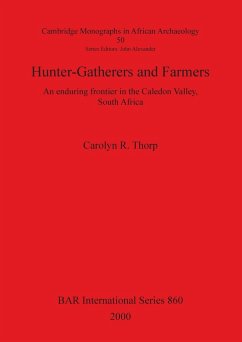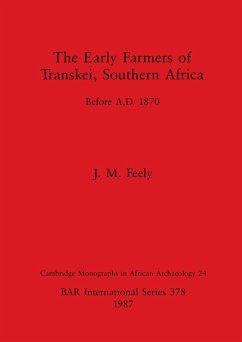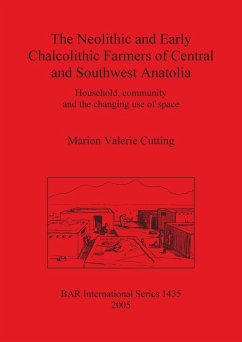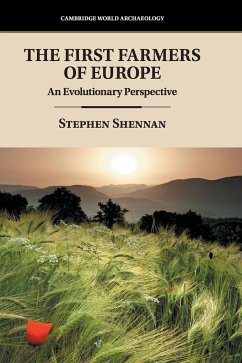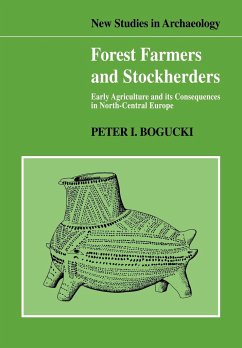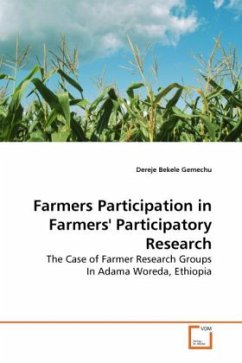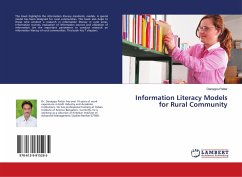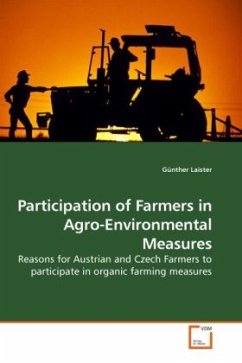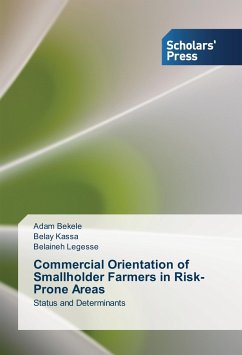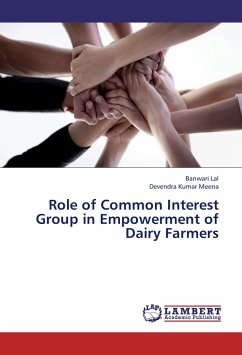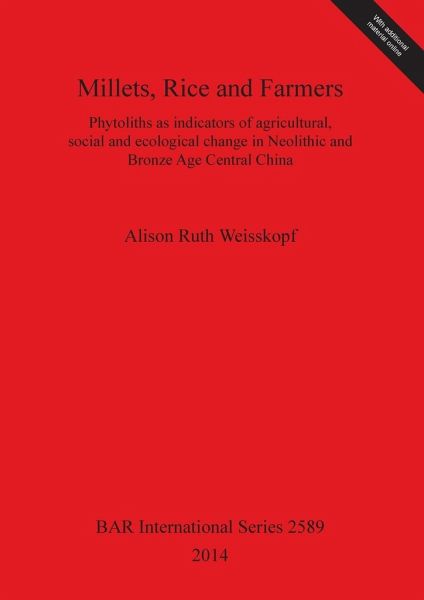
Millets, Rice and Farmers
Phytoliths as indicators of agricultural, social and ecological change in Neolithic and Bronze Age Central China
Versandkostenfrei!
Versandfertig in 1-2 Wochen
83,99 €
inkl. MwSt.

PAYBACK Punkte
42 °P sammeln!
Late Neolithic and Early Bronze Age Central China was the scene of important cultural developments which impacted on agricultural practices and local vegetation. Using phytolith data from archaeological sites in Henan, this study investigates changing crop choices, from broomcorn millet to foxtail millet to rice. Crop processing stages were interpreted by examination of differing proportions of phytoliths from crop husks, weed husks and crop and weed leaves to illustrate cultivation systems, harvesting and processing methods. The results suggest more successful agricultural practices and possi...
Late Neolithic and Early Bronze Age Central China was the scene of important cultural developments which impacted on agricultural practices and local vegetation. Using phytolith data from archaeological sites in Henan, this study investigates changing crop choices, from broomcorn millet to foxtail millet to rice. Crop processing stages were interpreted by examination of differing proportions of phytoliths from crop husks, weed husks and crop and weed leaves to illustrate cultivation systems, harvesting and processing methods. The results suggest more successful agricultural practices and possible changes in social organisation in the Late Neolithic. Phytolith data was also used to understand impacts of these changes on local vegetation.





